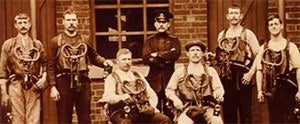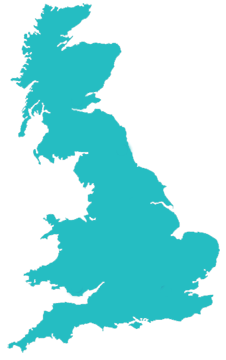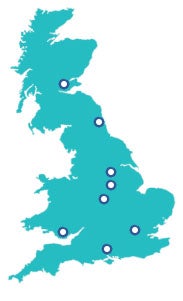For over 120 years, we’ve provided confined space rescue services – making us not only one of the most experienced confined space training companies, but also one of the most accredited.
We provide a wide range of City & Guilds approved confined space training courses, all of which are suitable for many industries. Our courses are highly practical – and are taught in state-of-the-art facilities which include conditions that replicate what a person may encounter when working in real confined spaces such as tunnels, pits, sewers or tanks. In these facilities our trainers can simulate what it’s like to enter, exit and work in spaces which are considered a high, medium or low risk confined space. And also, how to escape and if necessary, carry out a rescue in a safe manner.
Which confined space training course should I choose?
Our courses comply with all current regulations and the requirements of the National Occupational Standards. Those who complete assessments successfully can choose to receive City & Guilds 6160 certification where available, or our MRS certificate if preferred which is in alignment with this.
Not sure if you have a Confined space? Take the test.
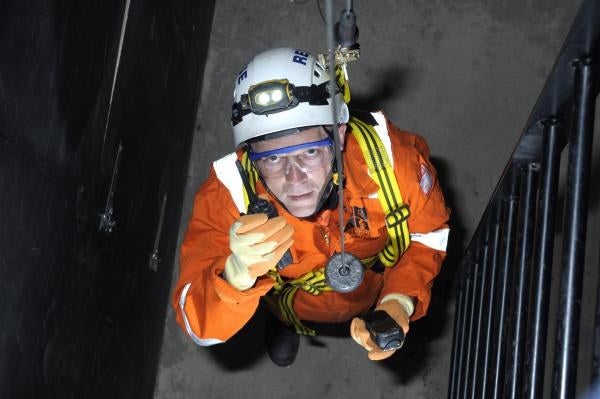
Low Risk Confined Space Courses
This 1-day course is suitable for those who work in an environment with low risk entry with adequate natural or mechanical ventilation. Access appears simple and unobstructed and there is no likely risk of flooding.
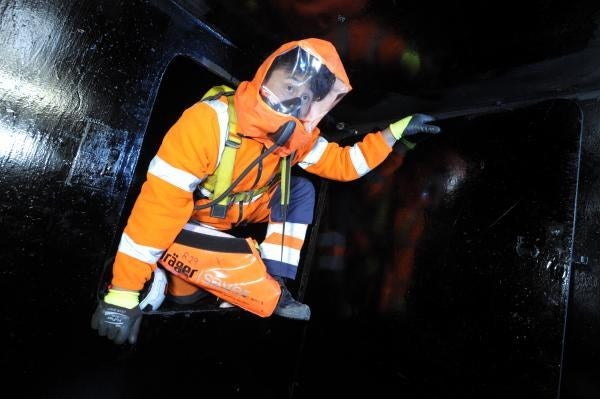
Medium Risk Confined Space Courses
This 2-day course is suitable for those who work in confined spaces where a specified risk may be present. It will require the use of escape breathing apparatus. It will involve the presence of one or more people - positioned outside the confined space - who have designated responsibilities for controlling the entry and dealing with emergencies.
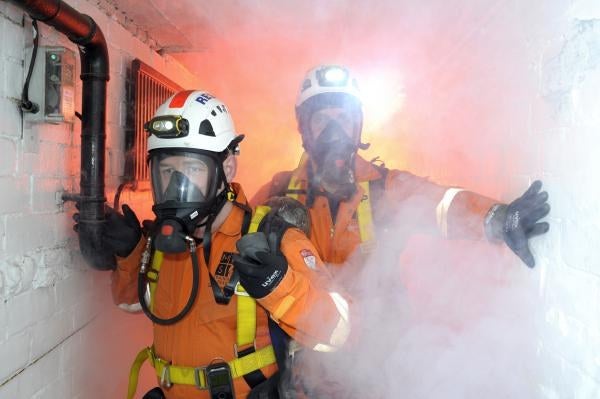
High Risk Confined Space Courses
This 3-day course is for those who work in confined spaces where specified risks cannot be fully controlled or eliminated, and where escapes with breathing apparatus may be required.
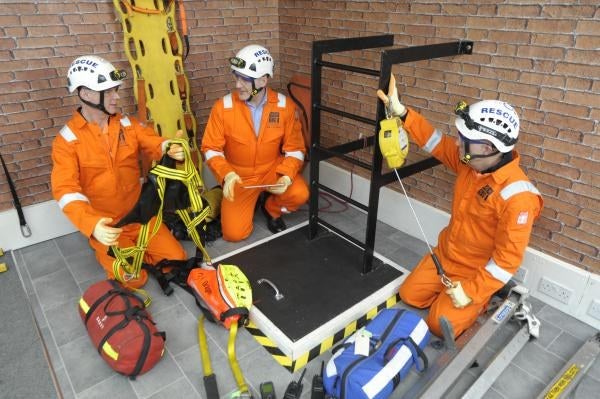
Managing Confined Spaces Courses
This 2-day course is for those responsible for organising or planning work within confined spaces.
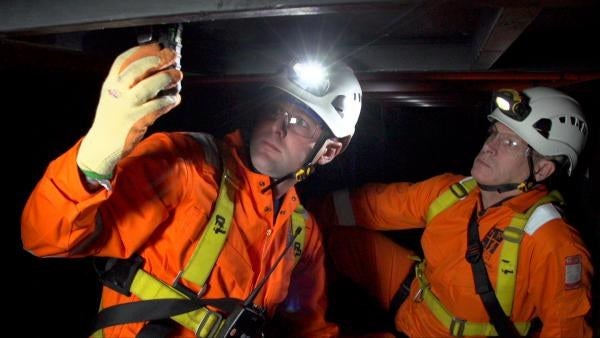
Confined Spaces Refresher Courses
We have medium and high-risk refresher courses specifically designed for those looking to renew their confined spaces certifications after they have expired.
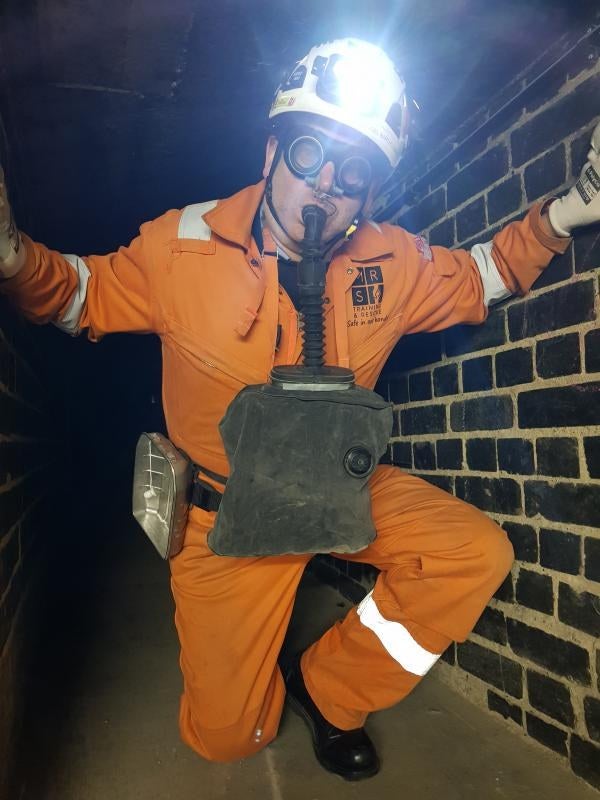
Specialist Confined Spaces Courses
We also offer specialist courses – designed specifically for those who require mining and tunnelling qualifications in their industry.
Do you provide on-site and bespoke confined space training?
Yes - we can provide on-site and bespoke confined space training throughout the UK and internationally.
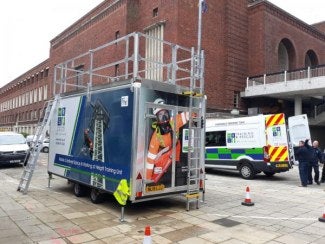
We have a fleet of purpose built, state-of-the-art City & Guilds approved MOBILE TRAINING UNITS, which feature all the facilities we need to deliver and assess our range of accredited courses. We can also develop bespoke courses for specific industries, sites and work requirements.
All our mobile training units contain:
- 6 tunnel labyrinths
- Top entry hatch
- Side entry hatch
- A guarded rail deck
- Ladder access with a handrail
- 3.1m vertical entry
- All equipment required for low, medium, high and rescue training
- The ability to simulate a smoke-filled environment
Frequently asked questions
Are courses accredited by industry bodies?
Our confined space courses are accredited and certified by City & Guilds. We work closely with City & Guilds to create the qualifications for confined spaces – including the standards for confined space entry and rescue.
This accreditation means we are subject to annual audits by the awarding body for each accredited course we offer.
Can I receive a grant for confined space training?
No.
What equipment is used on confined space courses?
We own and maintain all the equipment used by delegates on our courses – and only use the equipment we trust and would use ourselves. Those who attend our confined space training courses will get to use a wide range of equipment – dependent on the course attended, this may include; man riding hoists, escape breathing apparatus and auxiliary ventilation to name just a few.
We also sell the equipment we use as part of training – to find out more, contact us.
What risks are associated with working in a confined space?
According to the regulations, a specified risk can be:
- Injury caused by fire or explosion
- Loss of consciousness caused by an increase in body temperature
- Loss of consciousness or asphyxiation caused by gas, fume, vapour or lack of oxygen
- Drowning
- Asphyxiation cased by a free flowing solid or the inability to reach safety due to entrapment by a free flowing solid
It should be noted that the specified risk may not always be there – it may be introduced by the nature of the work, i.e. cutting, welding, spray painting.
What is a confined space?
According to the Confined Spaces Regulation 1997, a confined space is defined as a ‘space in which, by virtue of its enclosed nature, there arises a reasonably foreseeable specified risk’.
Common confined spaces include:
- Sewers
- Tanks
- Vats
- Silos
- Tunnels
- Wells
A confined space is not necessarily an area you have to ‘squeeze’ into – or a space in which you must crawl around on your hands and knees. Some confined spaces may be harder to identify, as they are not enclosed on all sides or may be very large, like a ship’s hold. If you’re trying to determine if a space is a confined space or not – consider the work to take place in that area, and whether the work increases the risk of serious personal injury from hazardous substances or conditions within the space or nearby.
How do I assess and manage risks?
When work must be carried out in a confined space, a safe system of work which identifies the hazards, the risks and the control measures must be created. The purpose of this is to ensure the work can be controlled and undertaken with an acceptable level of risk.
Furthermore, if you require employees to enter a confined space, you must prepare suitable and sufficient arrangements for their rescue. Very importantly, this is required even if the emergency is not brought about by a specified risk. Your rescue arrangements need to ensure you are protecting the rescuers and, where necessary, include resuscitation equipment.
Working in a confined space will always have an element of risk, but these risks can be controlled to make the risks acceptable. The risks and controls need to be understood by all who work in confined spaces.
If you are unsure and would like a site visit so our confined space experts can assess your spaces and advise on how to ensure the safety of your workforce, get in touch.
Should I hire a confined spaces consultant?
If you need support in identifying confined spaces – or understanding what training your employees need to be compliant, we can help. Our consultancy team are specialists and provide a full range of services – which are all compliance guaranteed.
The services we can provide include; confined space surveys and audits, training consultancy, expert accident and incident analysis, managing confined spaces support and emergency rescue and response services.
Why do I need confined spaces training?
Working in confined spaces has resulted in fatalities and injuries, across a variety of industries. To try and reduce this, the Confined Space Regulations 1997 were introduced.
There is a requirement under both the Health & Safety at Work Act and the Confined Space Regulations, to ensure people are trained and competent to carry out the planned work activities. The objective of any training is to reduce the risk of injuries and fatalities.








